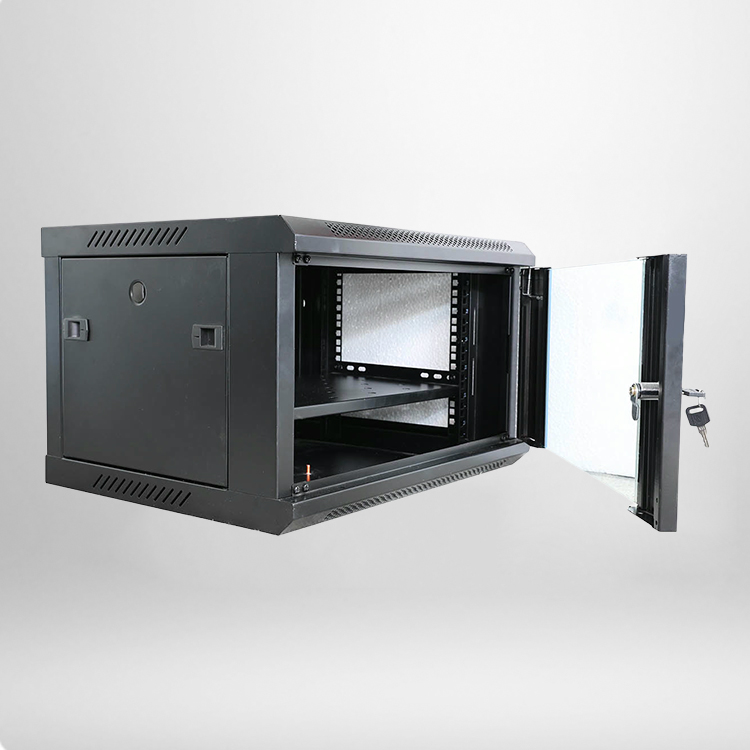
In an era where digital connectivity drives global economies, facilitates instant communication, and powers complex data – driven operations, the unsung heroes enabling seamless networking often go unnoticed. Network racks, the sturdy and meticulously designed structures that house essential networking equipment, play a pivotal role in maintaining the integrity, efficiency, and scalability of modern network ecosystems. These silent sentinels are the pillars upon which the digital world is built, ensuring that data flows smoothly, servers operate optimally, and connectivity remains uninterrupted.
Network racks come in a diverse array of types, each tailored to specific networking needs and environments. Open frame racks, with their minimalist design, offer unparalleled accessibility and ventilation, making them ideal for settings where easy equipment access and efficient heat dissipation are paramount. Enclosed racks, on the other hand, prioritize security and protection, safeguarding valuable networking gear from unauthorized access, dust, and environmental hazards. Wall – mount racks serve as space – saving solutions for smaller offices or areas with limited floor space, while cabinet racks provide ample room for housing extensive networking setups in large – scale data centers. Portable racks, designed for mobility, are perfect for temporary installations or on – site troubleshooting, demonstrating the versatility of network racks in diverse scenarios.
The benefits of network racks extend far beyond mere equipment storage. They bring order to the chaos of networking infrastructure, organizing routers, switches, servers, and other devices in a systematic manner. This not only simplifies equipment management but also significantly reduces the time and effort required for maintenance, upgrades, and repairs. Effective cable management, another crucial advantage, is facilitated by the built – in features of network racks. Cable trays, channels, and management rings keep cables neatly organized, minimizing tangles, reducing signal interference, and enhancing overall network performance.
Moreover, network racks are engineered to optimize airflow, a critical factor in preventing equipment overheating. Perforated doors, ventilation slots, and fan – assisted cooling systems work in harmony to ensure that heat generated by high – performance networking devices is efficiently dissipated. By maintaining an optimal operating temperature, network racks safeguard the longevity and reliability of the equipment, minimizing the risk of costly breakdowns and downtime.
The components that constitute network racks are carefully designed to enhance functionality and usability. The robust frame provides the structural integrity needed to support heavy networking equipment, while adjustable mounting rails offer flexibility in accommodating devices of various sizes and configurations. Locking mechanisms on doors and panels ensure the security of the equipment, protecting sensitive data and preventing unauthorized access. Additionally, features such as leveling feet, casters, and accessory mounting options further enhance the adaptability and convenience of network racks, allowing them to be customized to meet the unique requirements of different networking environments.
In conclusion, network racks are the unsung architects of the digital age, silently but powerfully shaping the way we connect, communicate, and conduct business in the digital realm. Their role in organizing, protecting, and optimizing networking infrastructure cannot be overstated. As technology continues to evolve at an unprecedented pace, network racks will undoubtedly adapt and innovate, remaining at the forefront of digital connectivity and enabling the seamless flow of data that underpins our modern world.


